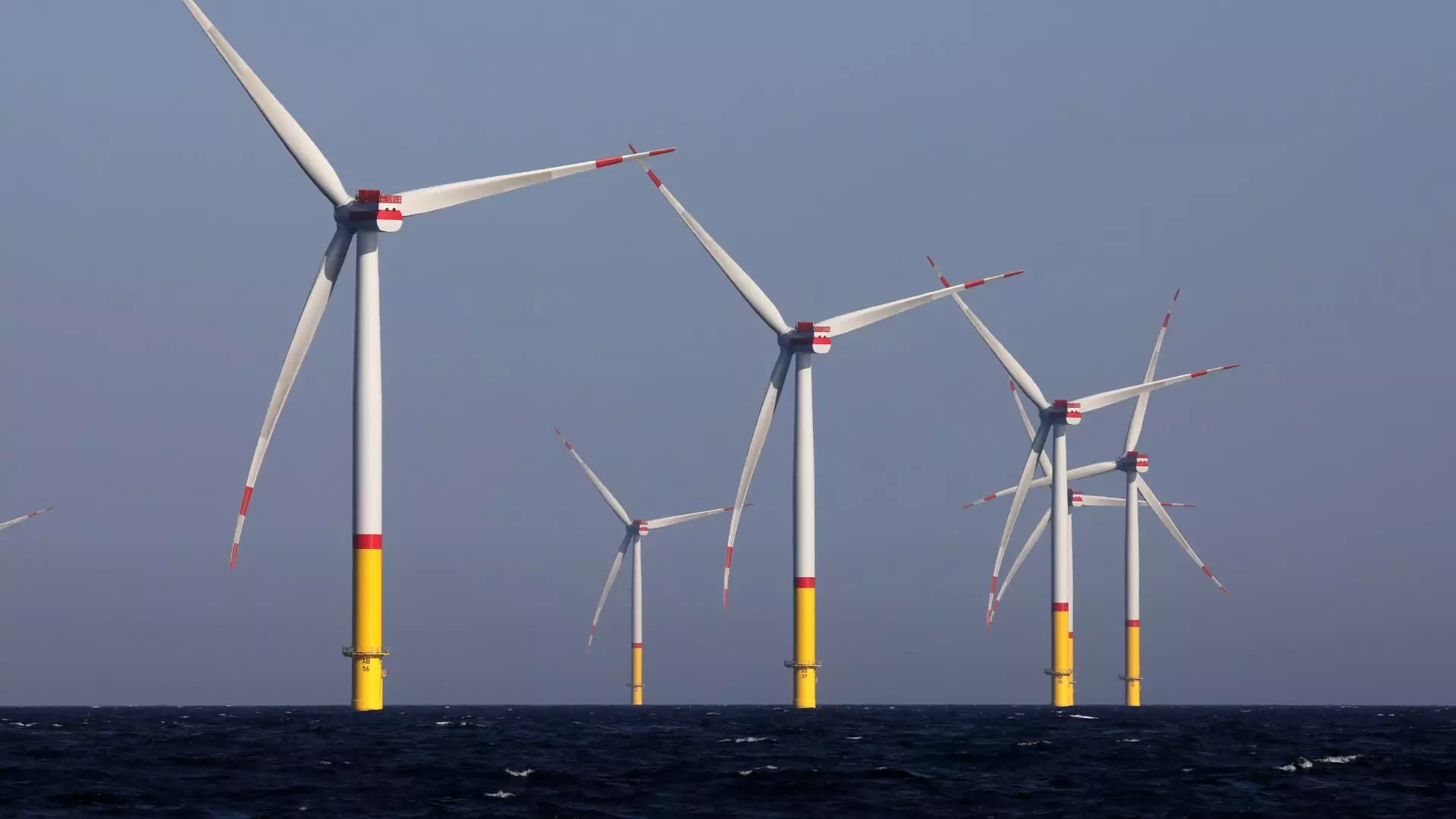The recent decision to resume construction on Equinor’s Empire Wind 1 off the coast of New York signifies not just a renewable energy milestone but also a potent symbol of resilience against political turbulence. With the Trump administration’s abrupt halt to this critical project lifted, the implications reach far beyond the shores of New York City; they ripple through the fabric of American energy policy and climate action. The Empire Wind 1 project—the first of its kind to deliver electricity directly to the bustling metropolis—illustrates the collision of ambition and obstruction that characterizes the current state of American environmental politics.
Governor Kathy Hochul’s proactive measures to revive the project underscore a commitment to renewable energy, even when challenged by a politically charged environment. Hochul has reiterated New York’s pledge to work towards energy projects that comply with legal and environmental standards, acknowledging the importance of sustainable practices. Amid the cacophony of arguments surrounding energy sources, the emphasis here should be on what this victory represents: a decisive step towards energy independence that melds economic growth with ecological responsibility.
Union Jobs vs. Natural Gas: A Complex Debate
At the heart of this ongoing debacle are the 1,500 union jobs that Empire Wind promises. Amidst calls from various stakeholders—including union leaders and environmental advocates—one must consider why these jobs, rooted in renewable energy, are often set against the backdrop of natural gas and other fossil fuels. Secretary of the Interior Doug Burgum’s comments promoting the economic benefits of natural gas access, alongside Hochul’s emphasis on soaring wind turbine heights, reflect a deeper disconnect in the American energy narrative, where fossil fuel dependence and green energy initiatives often clash.
The rhetoric around natural gas brings forward crucial questions regarding New York’s energy policies. Hochul’s silence on gas during her announcement highlights an ongoing struggle within the state, which has historically resisted new pipelines given their environmental costs. However, the allure of economic growth from natural gas development cannot be easily dismissed. In the clash between renewable energy jobs and fossil fuel ambitions, voters must contemplate their priorities: a stable economic future based on jobs in traditional energy sectors or a braver, cleaner energy path leaning towards the wind.
A New Era of Offshore Wind Under Scrutiny
Equinor’s announcement to continue installation activities for the Empire Wind 1 project also shines a light on the complexities that come with federal oversight and approval processes. The Biden administration’s green light for the project came after much political strife, particularly when considering the contradictory messages sent by the Trump administration’s halt order. The argument presented by Burgum—claiming insufficient analysis and consultation—stirs concerns about bureaucratic transparency in energy project approvals.
Equinor’s Chief Financial Officer’s sharp criticism of the Trump administration’s stop-work order serves as a testament to the growing frustration among renewable companies striving for consistency and cooperation within energy regulations. When the very framework meant to facilitate renewable energy projects becomes politicized, it creates uncertainty that stifles investment. To ensure that Empire Wind and other similar projects reach their potential and timelines, a shift towards bipartisan support in energy policy is critical.
A Fragile Balance of Power and Progress
As we move forward, it becomes increasingly necessary to recognize the precarious balance between political agendas and the imperatives of climate change. Empire Wind serves as a pressing reminder that clean energy initiatives shouldn’t be at the mercy of fluctuating political winds. While the Trump administration sought to stall progress, the project’s revival emphasizes that public will and environmental advocacy can prevail against regressive forces.
In light of ongoing developments, other offshore wind projects like Revolution and Sunrise Wind are also vital to the future of energy in the U.S., reflecting how interconnected these efforts are. The progress of other initiatives, such as Dominion Energy’s Coastal Virginia Offshore Wind, further exemplifies that despite resistance, American ingenuity and determination can lead the charge toward innovation in renewable services. The ongoing struggle between renewable energy and fossil fuel interests underscores a broader narrative—one that is crying out for coherence, commitment, and a reimagining of what the future of energy in America ought to resemble.
In a landscape marked by divisive rhetoric and intense political operations, the resurgence of the Empire Wind project paints a picture of hope for a greener future. It urges not just local governments but the entire nation to reconsider its trajectory regarding energy—a lesson that, with the right resolve, we can harness the winds of change for collective benefit and environmental stewardship.

